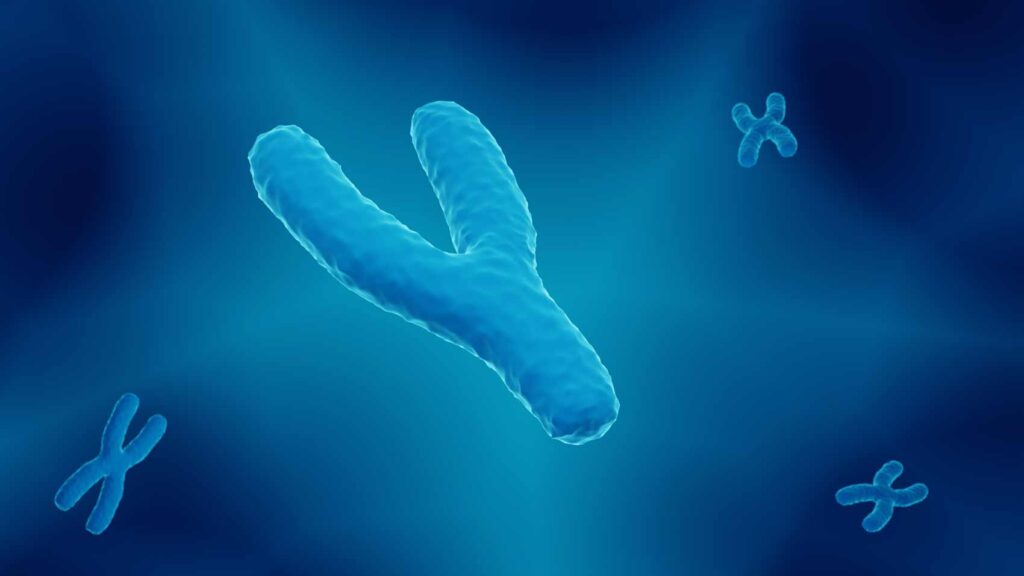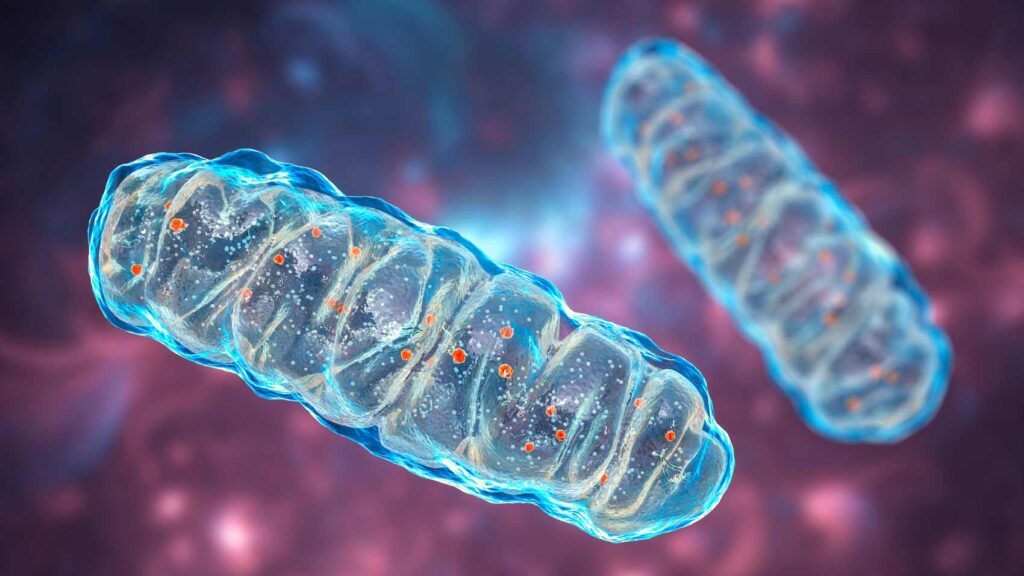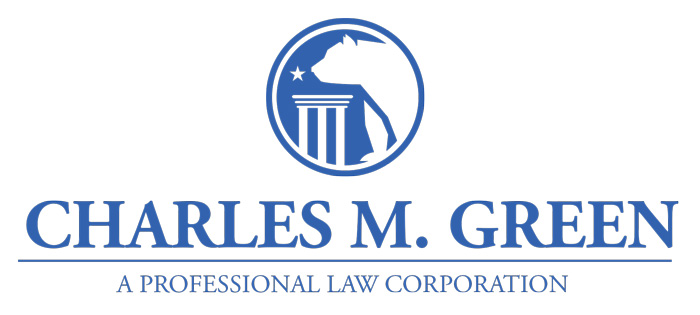Distinguishing between paternal and maternal influences is vital to understanding the overarching effects on child development and genetic patterns. Fathers tend to emphasize strength and resilience, while mothers often focus on nurture and emotional support. This article will dive into the unique traits of paternal vs maternal roles, discussing their individual impacts on personal development, genetic imprints, and family dynamics, setting the stage for a broader debate.
Key Points
Paternal and maternal influences differ significantly. Fathers typically engage in physical interactions and instill work ethics, while mothers focus on nurturing and using interactive play for child development.
Genetic and evolutionary perspectives reveal the parental roles in lineage through the Y chromosome and mitochondrial DNA, giving insights into paternal and maternal ancestries, respectively.
Parenting styles and family dynamics, including the roles of grandparents, affect child development with varying impacts from fathers, mothers, and grandparents in two-parent and single-parent households. This also encompasses the importance of inclusive and gender-neutral language in modern parenting.
Breaking Down “Paternal” vs “Maternal”

The concepts of ‘paternal’ and ‘maternal’ extend beyond mere gender classifications. They embody the fundamental aspects of fatherhood and motherhood, saturated with societal norms and personal goals. Tracing their roots back to the 15th century, these terms have evolved alongside our understanding of parenting roles. While ‘paternal’ is related to a father and ‘maternal’ is characteristic of a mother, each term carries its unique connotations and significance.
These terms originate from Latin, with ‘paternal’ descending from ‘pater’ (father) and ‘maternal’ from ‘mater’ (mother). Over time, these words have come to represent the unique roles that fathers and mothers play in their children’s lives, influencing their development, growth, and understanding of the world.
Masculine and Feminine Energies in Parenting
It is widely acknowledged that both masculine and feminine energies are essential for healthy child-rearing and parenting. Masculine energies, often characterized by assertiveness, protection, and physical engagement, help children develop confidence, resilience, and problem-solving skills. On the other hand, feminine energies, which typically include nurturing, empathy, and emotional support, are crucial for fostering a child’s emotional intelligence, empathy, and interpersonal relationships.
These complementary dynamics ensure that children receive a balanced upbringing, benefiting from diverse perspectives and approaches to life’s challenges. Integrating both energies, regardless of the parent’s gender, creates a well-rounded environment that supports all aspects of a child’s development, from emotional well-being to social competence and cognitive growth. This holistic approach underscores the importance of valuing and incorporating masculine and feminine parenting influences.
Paternal: A Closer Look at Fatherhood
The image of a father often invokes a symbol of strength and guidance. Fathers establish a unique physical interaction style, engaging with their children through activities like sports, tickling, or even tossing them in the air. This paternal instinct is hardwired to prepare children for the future, and fathers often use their bodies more when interacting with their young ones.
Fathers are instrumental in influencing their children’s work ethic. As the father’s paternal figure in the family, children frequently learn lessons about diligence, persistence, and resilience. Fathers set a precedent for their children through their actions and interactions, shaping their perspectives and attitudes toward life.
Maternal: Examining Motherhood

Unlike paternal instincts, maternal instincts are typically centered on nurturing and safeguarding. Mothers use environmental objects such as:
toys
games
books
dolls
puzzles
Research has predominantly focused on maternal influences on parenting and delinquency, underscoring the central role mothers play within the family. This focus on motherhood stems from the traditional conception of mothers as primary caregivers, shaping the immediate developmental needs of their children.
The Genetic and Evolutionary Perspectives
Stepping away from sociocultural constructs, we can explore the genetic and evolutionary aspects of parenting through the lens of evolutionary biology. Specific genetic markers can trace paternal and maternal lineages, offering insights into our biological heritage. The Y chromosome is a key tool in tracing paternal heritage, while mitochondrial DNA is central to understanding maternal lineage.
These genetic traces reveal our ancestral roots and provide insights into the spread of civilizations, trade patterns, and even the identities of historical figures. This intertwining of genetics and history underscores the profound influence of paternal and maternal lineages on shaping human civilization.
The Y Chromosome and Paternal Heritage

Exclusively present in males, the Y chromosome carries specific paternal lineage information to sons. Paternal haplogroups based on the Y chromosome provide insights into the geographic regions where paternal-line ancestors have resided. This structure of naming paternal haplogroups includes a major branch letter followed by a genetic marker, identifying specific paternal lineages.
Fundamentally, the Y chromosome functions as a genetic roadmap, charting the course of paternal lineage throughout human history. A phylogenetic tree of Y chromosomes can illustrate the interconnections among paternal lines, documenting the genetic history of paternal ancestry.
Mitochondrial DNA and Maternal Lineage

Conversely, mitochondrial DNA (mtDNA) offers insight into our maternal ancestry. This type of DNA, crucial for cellular energy production, is inherited exclusively from the mother. Genetic variants in mtDNA allow for the assignment of haplogroups, indicative of an individual’s maternal lineage.
Despite constituting less than 1% of all DNA, mtDNA represents a substantial component of our ancestry. Its high mutation rate makes it exceptionally beneficial for tracing maternal lineages over long historical periods.
This unique maternal genetic legacy underscores the indelible mark mothers leave on their offspring, stretching back across generations.
Parenting Styles: Paternal vs Maternal Approaches
Parents’ impact transcends their genetic contributions and molds the environments within which children develop. Mothers and fathers often exhibit different parenting styles, each with unique impacts on their children’s development. By understanding each parenting style, mothers tend to focus on the immediate developmental needs of their children, while fathers often prepare children for future challenges. The necessity for balance in a child life should be a priority consideration when involved in child custody disputes, encouraging you to focus on the best needs of the child .
Neglectful parenting, particularly from fathers, has been connected with higher levels of delinquency in male children. In contrast, permissive parenting is linked to delinquency in females. These styles may differ across various age groups and developmental stages, but there is a high level of stability in how parents behave throughout their child’s life.
Fathers’ Influence on Development

A father’s responsibility surpasses the conventional role of a provider. Engaged fathers can profoundly impact their children’s academic performance, social skills, and emotional well-being. The quality of the father-child relationship impacts the child’s well-being more than the quantity of time spent together.
Fathers also play a crucial role in teaching their children impulse control, serving as models for behavior regulation and staying calm under duress. By encouraging their children to experience winning and losing during play, fathers can foster resilience and preparation for real-life challenges.
Mothers’ Impact on Early Life
A mother’s impact initiates even before the birth of a child. During prenatal development and infancy, a mother’s nurturing is crucial in shaping a baby’s:
Brain development
Mental health
Emotional health
Physical health
Intellectual health
Social health
This influence can have lifelong effects.
Maternal health and early childhood development are vital for preventing achievement gaps and fostering better education, health, social, and economic futures. The mother’s multifaceted role lays the groundwork for a child’s development from birth to preschool.
Social Dynamics of Two Parents vs One-Parent Families
Family dynamics significantly influence child development, exhibiting considerable variations between two-parent and single-parent households. In particular, the role of maternal grandmothers in African-American families offers a unique perspective on extended family kinship networks.
In single-parent situations, where maternal grandmothers often assume an enhanced role, we see an adjustment in family dynamics and child-rearing practices. This shift in family structure can shape child development differently compared to traditional two-parent families where paternal and maternal roles are usually distinct.
Dual Influences in Child-Rearing
The presence of two engaged parents can profoundly shape a child’s development. Fathers’ participation is crucial for positive child health outcomes in infants, as seen in improved weight gain in preterm infants and better breastfeeding rates.
Moreover, quality early childhood development opportunities provided by two active parents can help break the intergenerational cycle of poverty and support the creation of fairer and more peaceful communities. This dual influence underscores the importance of both parents’ active involvement in child-rearing.
Single Parent Dynamics
Single-parent households are characterized by distinctive dynamics and challenges. Some of the effects of father’s absence include:
Psychological problems
Behavioral issues
Lower academic success
Higher likelihood of engaging in risky behaviors
Grandparent involvement is significant in single-mother families, with children living with a single mother being more likely to also live with a grandparent. Paternal grandmothers, in particular, may assume a more parental role in supporting their grandchildren, especially in post-divorce scenarios.
The Role of Grandparents: Paternal vs Maternal Figures

Apart from parents, grandparents hold unique and consequential roles in their grandchildren’s lives, impacting their emotional, social, and behavioral progress. Children tend to have stronger relationships with their grandparents if they live in closer proximity, and if their parents have strong relationships with the grandparents.
Maternal grandmothers are typically more involved in their grandchildren’s lives than paternal grandmothers, which can be attributed to stronger kinship ties and greater alignment in child-rearing practices with their daughters. These unique grandparenting styles can lead to various emotional and behavioral outcomes in children, highlighting grandparents’ unique impact apart from parents.
The Paternal Grandmother’s Association With Family
Paternal grandmothers play a significant role in supporting their adult sons as they navigate fatherhood. The relationship between a paternal grandmother and her grandchildren is influenced by the connection she maintains with her adult son and with the grandchild’s parents.
The geographic distance between paternal grandmothers and their grandchildren affects the relationship, with closer proximity often resulting in a stronger bond. These factors shape a paternal grandmother’s role in the family, highlighting the complex dynamics at play in these relationships.
The Maternal Grandmother’s Connection to Her Daughter’s Children
Direct lineage reinforces the bond between a maternal grandmother and her grandchildren, as the grandmother is the mother to the child’s mother. Living near their grandchildren often allows maternal grandmothers to foster a stronger and more frequent connection.
Factors such as mutual emotional closeness, the mother-grandmother dynamic, and the societal role of maternal grandmothers in childcare and support influence the depth of the relationship between maternal grandmothers and grandchildren. These connections underscore maternal grandmothers’ significant role in their grandchildren’s lives.
Gender-Neutral Parenting:
Moving Beyond Paternal and Maternal Labels

As societal norms progress, our perception of parenting also evolves. Gender-neutral parenting is an approach that moves beyond traditional paternal and maternal labels to promote inclusivity and equality. The gender-neutral form for ‘paternal’ and ‘maternal’ is ‘parental,’ highlighting the shift towards a more inclusive understanding of parenting roles.
Gender-neutral parenting supports children in exploring their interests and forming their identities, devoid of the constraints of traditional gender roles and expectations. This approach traces its roots to the 1970s and has strong ties to second-wave feminism, advocating for children’s freedom to pursue their ambitions regardless of gender.
Parental as the New Norm
‘Parental’ is an increasingly prevalent term encompassing gender-neutral actions and responsibilities in child-rearing. This usage of gender-neutral language in parenting is part of a growing recognition of both parents’ diverse roles in child development, moving beyond traditional gender-specific labels.
Adopting gender-neutral language in describing parental roles supports a societal shift towards equality and inclusivity. This shift in language recognizes the value of both parents’ involvement without bias to gender. It reflects a broader societal recognition of diverse family structures and parenting roles. However, it should be understood that what is essentially being addressed is the complimentary balance of masculine and feminine “energies” in parenting.
The Importance of Inclusive Language in Family Dynamics
Employing inclusive language within family dynamics can wield a transformative influence on children. Gender-neutral parenting can diminish the impact of rigid gender norms and power structures on a child, potentially transforming societal power dynamics in the future. Inclusive parenting language encourages children to see individuals beyond gender constructs, leading to increased compassion and acknowledgment of diversity.
A child’s self-esteem and sense of agency can be enhanced through gender-neutral parenting by:
Emphasizing their intrinsic value rather than the gender assigned at birth
Providing a sense of security for children who fall outside traditional binary gender roles
Reducing confusion and supporting their identities
This approach can have a positive impact on children’s development.
Adopting gender-neutral parenting practices could involve:
Using non-gendered pronouns such as ‘they’ or ‘them’
Intentionally evading gendered language while interacting with children
Embracing variety in terms like ‘child’, ‘friend’, and ‘sibling’
Making choices in clothing, toys, and activities devoid of gender stereotypes
While gender-neutral parenting is not yet widely adopted, it has gained increasing acceptance and practice in progressive societies, hinting at a potential shift in future parenting norms.
Paternal and Maternal Roles in Parenting Across Races and Ethnicities
The roles that men and women embrace as fathers and mothers are significantly influenced by their race and ethnicity. Cultural heritage and traditions shape parenting styles and expectations, leading to distinct differences in how fathers and mothers interact with their children. For example, in many Native American communities, fatherhood involves a communal approach where the extended family plays a critical role in child-rearing. This contrasts with the more individualistic approach often seen in Western cultures.
Additionally, socioeconomic factors linked to race and ethnicity impact parenting roles. Minority families may face systemic challenges such as economic hardship and discrimination, influencing their parenting practices and priorities. For instance, African American fathers often emphasize resilience and perseverance due to historical and ongoing racial injustices. In contrast, Latino families might focus on close family ties and respect for elders, shaping both paternal and maternal roles. These cultural nuances highlight the importance of considering racial and ethnic backgrounds in understanding fathers’ and mothers’ diverse roles and experiences.
To Sum It All Up..
As we conclude our journey, it’s evident that the influences of paternal (masculine) and maternal (feminine) roles on child development are profound and multifaceted. From the genetic heritage traced through Y chromosomes and mitochondrial DNA to the unique parenting styles and social dynamics of two-parent and single-parent families, these roles shape the next generation. As society evolves, so too does our understanding of parenting, with a growing shift towards gender-neutral and inclusive practices. By understanding these roles and dynamics, we can strive towards a more informed, inclusive, and empathetic approach to parenting. Our divorce attorneys at Charles M. Green encourage this attitude with all our divorce cases involving children.
Frequently Asked Questions
What is the difference between maternal and paternal?
Maternal relates to the mother, while paternal relates to the father, including their respective relatives and attributes.
Who is your paternal parent?
Your paternal parent refers to your father, including his side of the family like paternal grandparents.
What are paternal relations?
Paternal relations are relatives connected through your father, such as paternal grandparents.
What is the origin of ‘paternal’ and ‘maternal’?
‘Paternal’ comes from the Latin ‘pater’ (father) and ‘maternal’ from ‘mater’ (mother).
How are paternal and maternal lineages traced?
Paternal lineage is traced via the Y chromosome, while maternal lineage is traced through mitochondrial DNA.


